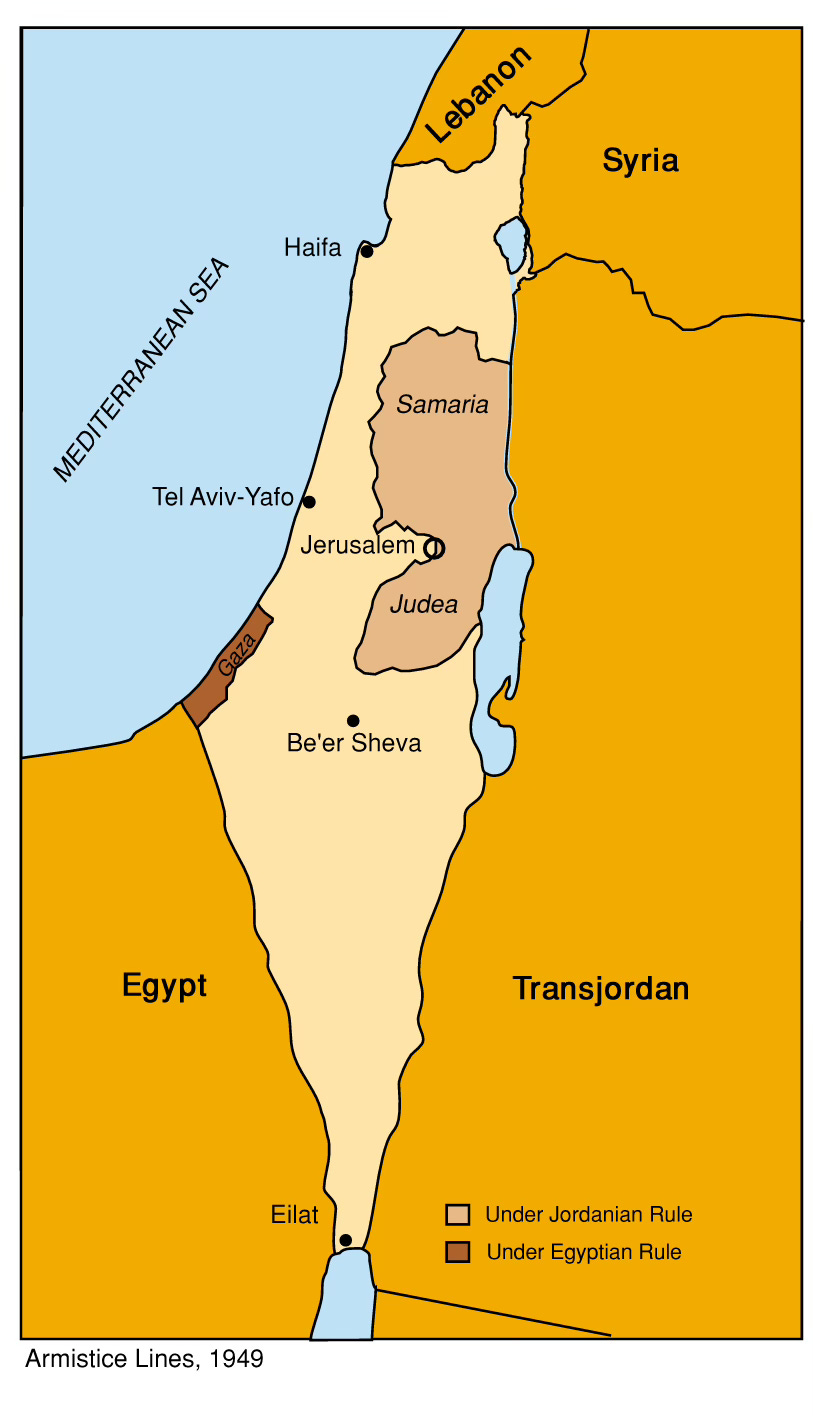There's only one state
Between the river and the sea
The ceasefire is over. In some ways there never was one: during the weeklong “pause,” Israeli forces switched to raiding refugee camps and besieging hospitals in the West Bank (among those killed by the Israelis was an 8-year-old Palestinian boy, whom they shot in the head), as well as firing tank shells and sniper rounds at Gazans walking home. Hamas gunmen in turn killed three Israelis at a bus stop outside Jerusalem yesterday (a fourth Israeli, along with the gunmen, were killed by Israeli soldiers at the scene).
But the break from aerial bombing and major assaults was real, and briefly a cause for hope. Thanks to negotiations between the Israeli government and Hamas—negotiations that we were told over and over could not even be contemplated in the wake of Oct. 7—Palestinian militants released 81 Israeli citizens and 24 migrant workers (23 Thais and one Filipino) whom they’d taken hostage. This was done in exchange for the release of 240 Palestinian political prisoners, most of whom had been held without charges, sometimes for years, in Israeli jails. (Al Jazeera reports that nearly as many Palestinians were rounded up to replace them in the same period.)
U.S. officials were clearly hoping the ceasefire would continue. As late as yesterday U.S. Secretary of State Anthony Blinken said he hoped to “extend the pause so that we can continue to get more hostages out of Gaza and more assistance in.” Today, Blinken blamed Hamas for breaking the “truce.” But even before his press conference yesterday, Prime Minister Benjamin Netanyahu had made it absolutely clear that he wasn’t about to stop the war—a war on which his otherwise doomed political future may be hanging by a thread—for anyone. And as a blockbuster investigation by Israel’s +972 Magazine demonstrated yesterday, far from being an unintended and thus reducible by-product of the war, the Israeli destruction of apartment buildings, banks, universities, and other civilian infrastructure in Gaza is a purposeful and meticulously planned part of Israel’s war. (See this TikTok video I made for a summary.)
That intransigence is leaving Israel’s American sponsor-allies in a tough spot. Joe Biden has thrown his lot in completely with a war machine that, according to right-wing Israeli sources, had killed over 14,800 people, of whom the Israeli military itself admits no more than 2,000 are Hamas fighters.1 Under pressure from allies as well as the Democratic base, Biden officials are thus left begging Netanyahu for half-measures: to reduce “the amount of civilian casualties,” and at least start trying to think of some kind of postwar plan that does not involve the semi-permanent presence of Israeli troops on Gazan soil. In every case, in every instance, U.S. officials cite the necessity of achieving their overarching end goal—the pot of gold they imagine is waiting at the end of Israel’s iron rainbow: the two-state solution.
I don’t know how else to say this: There is not, and can probably never be, a two-state solution. It is a geographic and demographic impossibility, and pretty much no one in a position of power on either the Israeli or Palestinian sides wants one. I know this is going to come as a shock to some, especially those who consider themselves liberal supporters of Israel who value human rights. But the notion of two separate states “living side by side in peace and security” as Barack Obama used to say is a fairy tale. It’s a bedtime story we tell ourselves to avoid confronting what Israel actually is, and embarking on the harder work of figuring out what the futures of the 14 million people living between the Jordan River and the Mediterranean could be.
The fantasy version—the one you might have in your head right now—is based mostly on textbook-style maps of what are often referred to as the “1967” or “pre-1967” borders, but are actually the 1949 armistice lines that ended the first Arab-Israeli war. They look like this:

This is, we imagine, very clean and simple. The Palestinians get Gaza and the West Bank. The Israelis get everything else, including most of Jerusalem—whose boundaries in the blocky map above are conveniently obscured by a circle. Everyone retreats to their sides of the partition, quick and easy, in time for lunch.
Let’s put Gaza aside for a moment. Here’s what an actual map of the West Bank looks like today:


